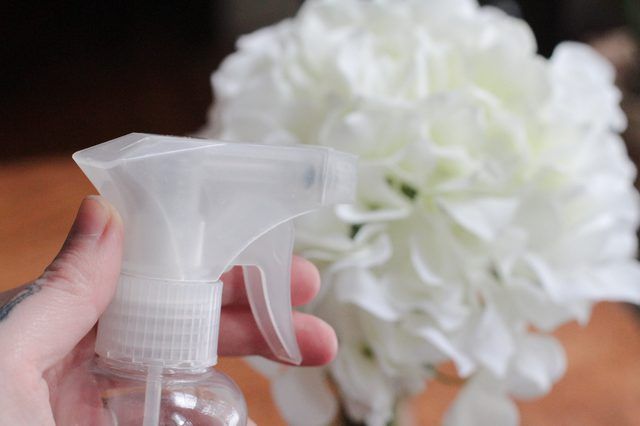Bulbs
Flower Basics
Flower Beds & Specialty Gardens
Flower Garden
Garden Furniture
Garden Gnomes
Garden Seeds
Garden Sheds
Garden Statues
Garden Tools & Supplies
Gardening Basics
Green & Organic
Groundcovers & Vines
Growing Annuals
Growing Basil
Growing Beans
Growing Berries
Growing Blueberries
Growing Cactus
Growing Corn
Growing Cotton
Growing Edibles
Growing Flowers
Growing Garlic
Growing Grapes
Growing Grass
Growing Herbs
Growing Jasmine
Growing Mint
Growing Mushrooms
Orchids
Growing Peanuts
Growing Perennials
Growing Plants
Growing Rosemary
Growing Roses
Growing Strawberries
Growing Sunflowers
Growing Thyme
Growing Tomatoes
Growing Tulips
Growing Vegetables
Herb Basics
Herb Garden
Indoor Growing
Landscaping Basics
Landscaping Patios
Landscaping Plants
Landscaping Shrubs
Landscaping Trees
Landscaping Walks & Pathways
Lawn Basics
Lawn Maintenance
Lawn Mowers
Lawn Ornaments
Lawn Planting
Lawn Tools
Outdoor Growing
Overall Landscape Planning
Pests, Weeds & Problems
Plant Basics
Rock Garden
Rose Garden
Shrubs
Soil
Specialty Gardens
Trees
Vegetable Garden
Yard Maintenance
How to Save Dying Hydrangeas
How to Save Dying Hydrangeas. Hydrangeas have 23 different species, although only five are commonly grown flowers in the United States. The most common Hydrangea is the Macrophylla, often used by florists and gardeners. Favorite colors of Hydrangeas are blue and purple, although they come in several more colors such as white and pink. Hydrangeas...
Hydrangeas have 23 different species, although only five are commonly grown flowers in the United States. The most common Hydrangea is the Macrophylla, often used by florists and gardeners. Favorite colors of Hydrangeas are blue and purple, although they come in several more colors such as white and pink. Hydrangeas originally come from Japan and thrive best on morning sun and afternoon shade. Very simple steps can be taken to keep wilted or sick Hydrangeas from dying and bring them back to health.
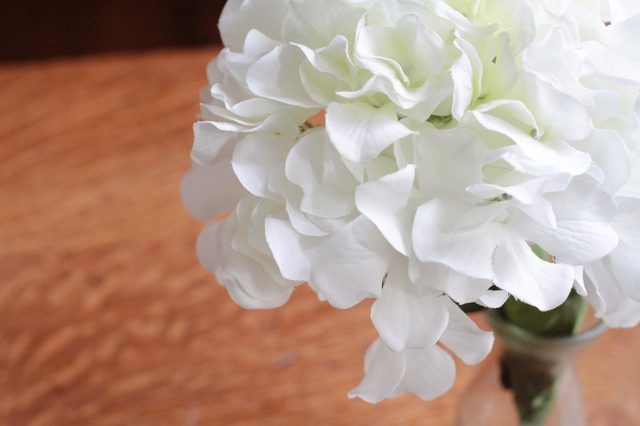
Things You'll Need
Fresh Soil of choice
Water
Planter Pot (optional)
Mulch (optional)
Step 1
Re-pot your hydrangea in a pot of fresh, dry soil and make sure you do not overwater your plant if indoors. Yellow, floppy leaves mean you are overwatering your hydrangea, and wilted leaves are usually a sign of root rot.
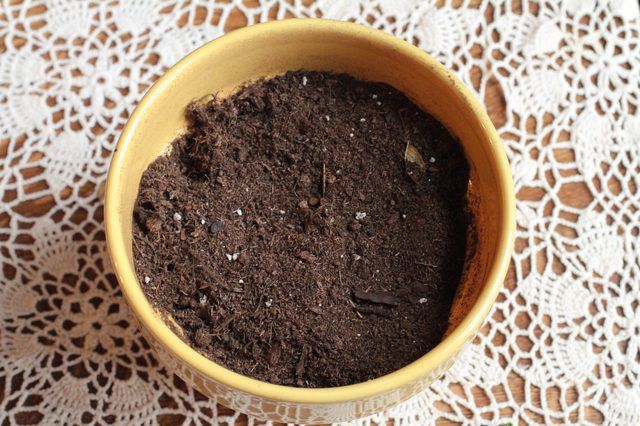
Step 2
If outdoors, replant your plant in a spot that is more shallow, as deeply planted roots help contribute to root rot.
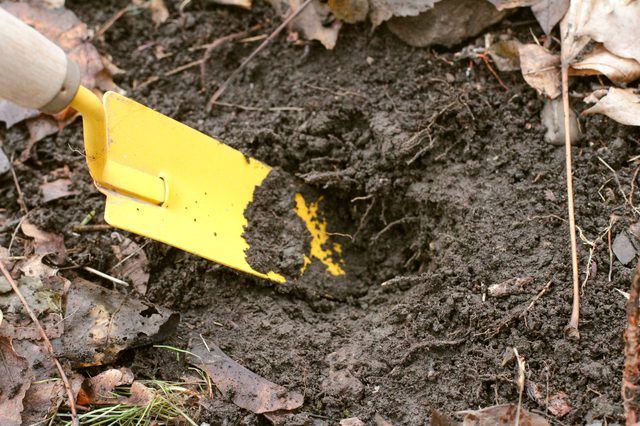
Step 3
Do not plant your hydrangea in areas that flood after rain or near trees, as this will give your plant too much moisture and contribute to the root rot.
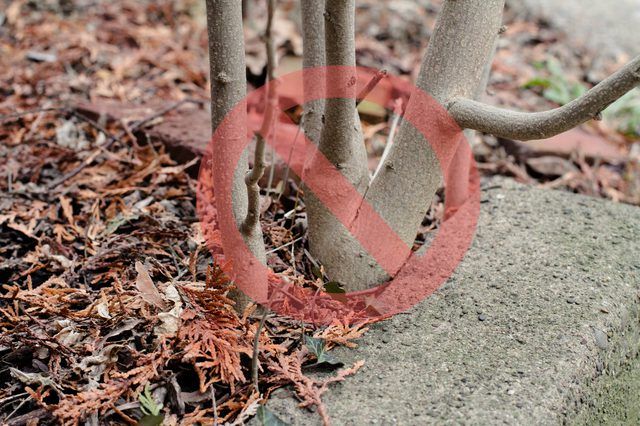
Step 4
Replace the soil around your hydrangea with well-draining soil. If the soil is thick, add a mulch or bark to it to help absorb moisture.
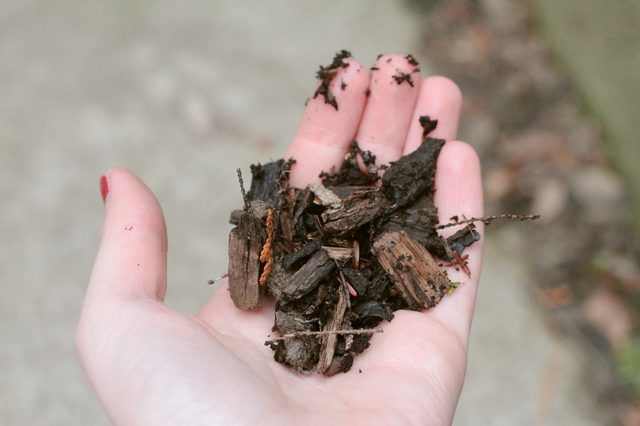
Step 1
Replant indoor hydrangeas in a pot of fresh, dry soil and make sure the pot is large enough to give the plant plenty of space. Place the pot in a well-ventilated area and do not overwater.
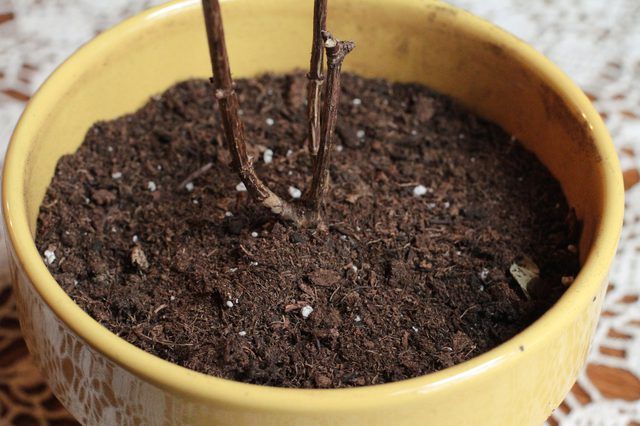
Step 2
Replant outdoor hydrangeas, making sure they are spaced farther apart and giving them fresh soil. Remove all fallen leaves, debris, or other material that may trap moisture or mildew.
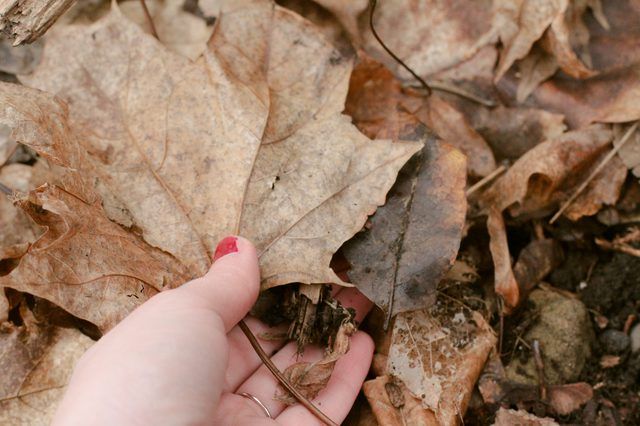
Step 3
Make sure plenty of air circulation is provided and if necessary, add fans, air conditioning or heating for both indoor and outdoor hydrangeas.
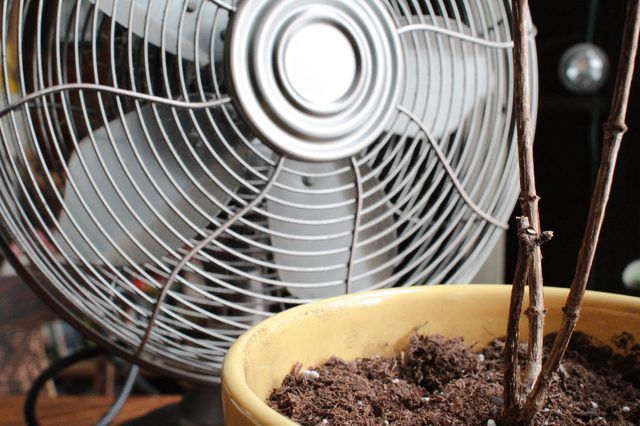
Step 4
Apply a protective fungicide as soon as you notice the mildew appearing on the leaves of your hydrangeas. Apply the fungicide according to directions provided with the package.
